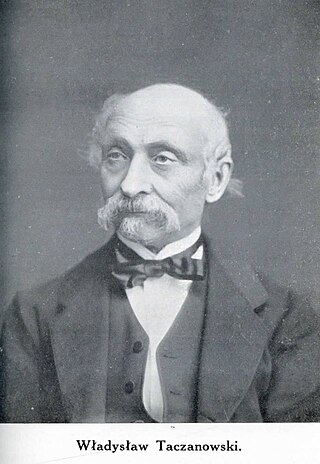
Władysław Taczanowski was a Polish zoologist and collector of natural history who explored the Russian Far East and northern Africa. He specialized mainly in ornithology but also described numerous other taxa including reptiles and arachnids.

Feliks Paweł Jarocki was a Polish zoologist and entomologist.
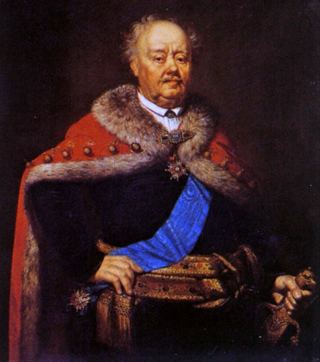
Franciszek Ksawery Branicki (1730–1819) was a Polish nobleman, magnate, French count, diplomat, politician, military commander, and one of the leaders of the Targowica Confederation. Many consider him to have been a traitor who participated with the Russians in the dismemberment of his nation.
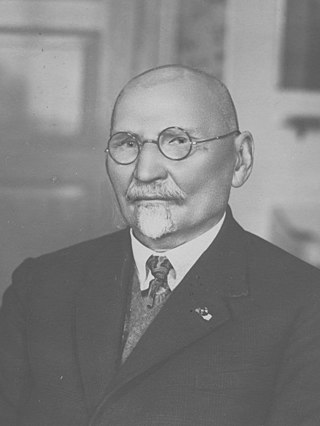
Leon Jan Wyczółkowski was one of the leading painters of the Young Poland movement, as well as the principal representative of Polish Realism in art of the Interbellum. From 1895 to 1911 he served as professor of the Jan Matejko Academy of Fine Arts (ASP) in Kraków, and from 1934, ASP in Warsaw. He was a founding member of the Society of Polish Artists "Sztuka".

Konstanty Roman Jelski was an acclaimed Polish ornithologist and zoologist who explored French Guiana.
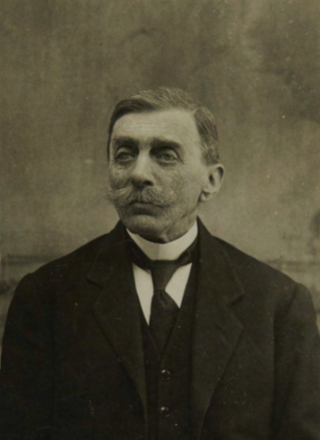
Jan Stanisław Sztolcman was a Polish zoologist, ornithologist and collector naturalist who travelled extensively in South America. He was also a promoter of conservation and worked to prevent the European bison from going extinct.

Staszic Palace is an edifice at ulica Nowy Świat 72, Warsaw, Poland. It is the seat of the Polish Academy of Sciences.
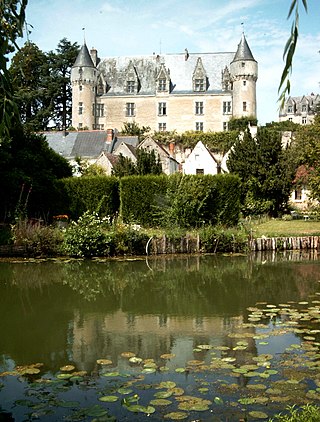
The Château de Montrésor is a medieval castle with a Renaissance mansion built in the grounds, located in the French village of Montrésor in the département of Indre-et-Loire.

The Museum of Evolution of Polish Academy of Sciences is the display area of the natural history museum in Warsaw, Poland. It is the public front of the Muzeum i Instytut Zoologii or Zoology Museum and the Instytut Paleobiologii or Paleobiology Institute. It is based at the Palace of Culture and Science.

The Czapski Palace, also called the Krasiński, Sieniawski or Raczyński Palace, is a substantial palace in the center of Warsaw, at 5 Krakowskie Przedmieście. It is considered one of the most distinguished examples of rococo architecture in Poland's capital.

The Museum of the Earth in Warsaw, established in 1948 and continuing a tradition initiated by Earth Museum Society back in 1932, has been operating within the structure of the Polish Academy of Sciences since 1959.

The Geological Museum of the State Geological Institute is a museum in Warsaw, Poland. The museum was established in 1919.

Jerzy Prószyński is a Polish arachnologist specializing in systematics of jumping spiders. He is a graduate of the University of Warsaw, a long-term employee of the Siedlce University of Natural Sciences and Humanities and the Institute of Zoology of the Polish Academy of Sciences in Warsaw.
Władysław Rydzewski was a Polish professor of zoology who specialized in ornithology and founded the journal The Ring in 1954. Władysław Rydzewski Museum of Natural History in Wroclaw was named in his honour.
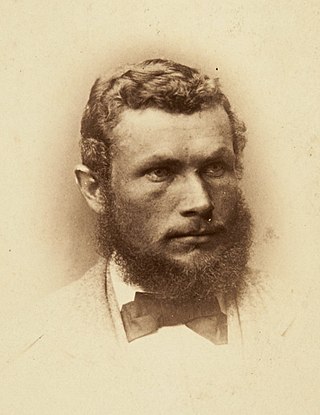
Jan Kalinowski was a Polish explorer and collector of biological specimens who worked in Asia and South America. He was among the first Europeans to explore the fauna of the Korean Peninsula, collecting for the Branicki family of Poland from 1885 to 1888.

Frascati is a historic neighbourhood and inner-suburb in central Warsaw, the capital of Poland. The area extends eastward from the Three Crosses Square and covers the broad parkland and housing estates surrounding Frascati and Nullo streets, located between the Polish parliament building, the Warsaw Stock Exchange and the National Museum. The neighbourhood was named after the Italian city of Frascati.
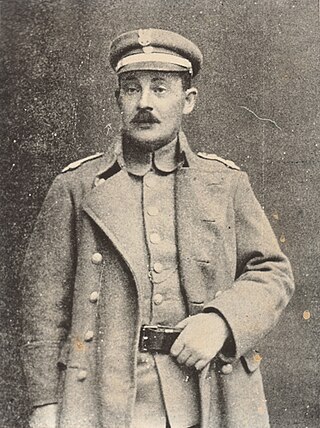
Tadeusz Chrostowski was a Polish naturalist and explorer who made three expeditions to collect natural history specimens, especially birds, in the Paraná region.
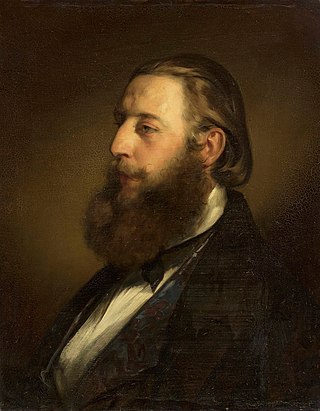
Count Konstanty Grzegorz Branicki was a Polish landowner, collector and naturalist who established a private museum of natural history in Warsaw. The bird species Heliodoxa branickii and Odontorchilus branickii described from his collections were named after him.
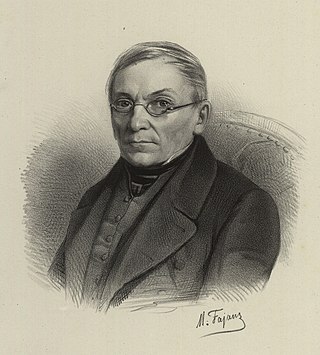
Antoni Stanisław Florian Waga was a Polish zoologist, traveller, writer, literary critic and Piarist. He was also a collector of rare books on natural history. Along with Taczanowski and under the patronage of Konstanty Branicki, they established the zoological cabinet at the University of Warsaw.

Władysław Jan Emanuel Lubomirski was a Polish nobleman belonging to the Lubomirskis of the Szreniawa coat of arms without the Cross. He was a natural history collector and philanthropist. He amassed a large collection of molluscs from around the world through his network of collectors. He described several species from his collections.
This page is based on this
Wikipedia article Text is available under the
CC BY-SA 4.0 license; additional terms may apply.
Images, videos and audio are available under their respective licenses.





















